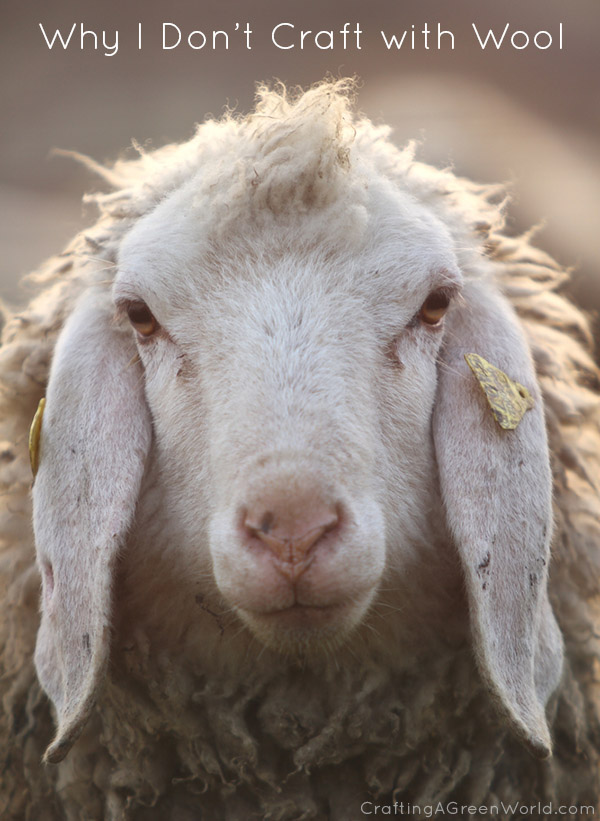
Have you ever wondered, “Is wool vegan?” Here’s why animal rights activists don’t wear or craft with wool.
Back in 2011, I ran a mini series of posts called Vegan Crafting Made Easy. Here’s the p0st that started it all. A vegan lifestyle means more than just not eating animal products. Vegan crafters avoid animal products as much as we can in our day to day. As a vegan, I don’t believe that we need to exploit animals in any way, whether it’s drinking their milk, wearing their skin, or crafting with their fur.
Over at our sister site Feelgood Style, our newest writer Jill Ettinger wrote a piece recently on why wool clothing is as bad as fur from an animal rights standpoint. You can read her thoughts in full below. The points she makes about wool clothing also apply to wool and other sheep-derived craft supplies: yarn, felt, lanolin, etc.
Finding Wool Alternatives
Before we get into why wool is not vegan, I wanted to share a few resources for finding wool alternatives. The resources below are from the Vegan Crafting Made Easy series, and it explores vegan options to replace the wool in your crafty stash:
Vegan Crafting Made Easy: Knit + Crochet
Lanolin Substitutes for Vegan Crafters
Is wool vegan? Why Wool is Often as Bad as for Animals as Fur
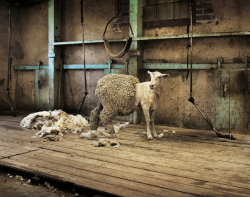 by Jill Ettinger, FeelgoodStyle.com
by Jill Ettinger, FeelgoodStyle.com
Wool is everywhere. It’s in sweaters, socks, pants, even bedding. But is it an ethical fabric? Or is wool clothing as bad as fur?
We think of wool as sheep shearing, much in the same ways we think of animal farms: those bucolic images of happy animals frolicking around barns roomier than a New York City penthouse. But the wool industry has a dark side. Several, actually.
Domestic sheep and goats are bred to overproduce wool so that we can sheer it off of them. They also, as a result, produce more skin. Mulesing, is the practice of removing this excess skin around a sheep’s backside. To leave it there can allow feces to build up and (gross alert), maggots to literally infest and even kill the sheep. So mulesing is a practice of cutting off the wool and skin of young sheep’s behinds. This is almost always done without painkillers. Raw tissue is exposed and the injury can cause a lifetime of pain.
This isn’t a rare occurrence in wool production. It’s the norm, just like tail-docking pigs or beak-searing young chickens in factory farming. It’s part of industrial fashion. And while wool itself is a “natural” fiber (if you consider someone else’s fur or hair a fashionable fiber), it’s now as mechanized as our food, where compassion and ethics are passed up for profits.
The other dark side of the wool industry is angora wool. That super soft expensive wool that doesn’t come from sheep, but from some very adorable rabbits. Just like with wool sheep, angora rabbits suffer immensely during cutting processes. Their legs are tightly bound or they’re hung in the air so that they can’t try to run away (which is what rabbits are really good at doing). Thin-skinned angora rabbits are routinely injured during the cutting process, especially since they’re anxious and trying to escape the situation.
And like sheep raised for their wool, angora rabbits are kept in cages or on cramped farms where the stench of feces and urine sting their sensitive eyes.
In a recent victory for angora rabbits, Lacoste has decided to pull all angora wool products from its collections.
Millions of people have given up fur, and millions more commit to it every year because killing an animal for something that looks better on the animal than it ever will on a human is nonsensical and especially cruel. Wool may not take as many lives right away, but it does create years of suffering for animals who do end up dead eventually, not usually with the dignity they deserve.
Plenty of vegan fabrics exist that can keep you warm and toasty—from nylon and acrylic to revolutionary recycled and upcycled materials being produced by forward-thinking companies like Patagonia.

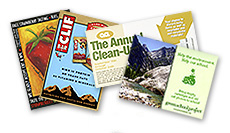
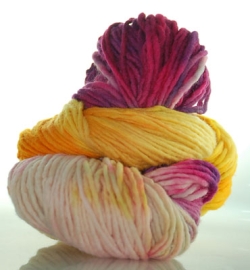
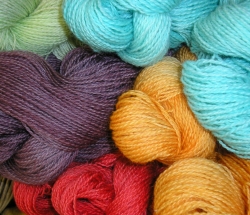

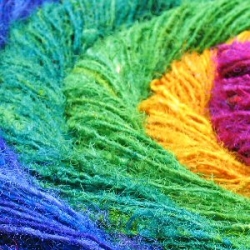
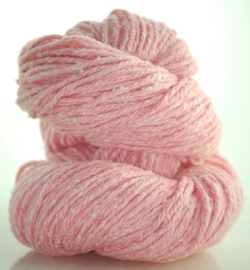
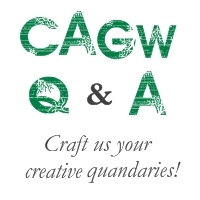
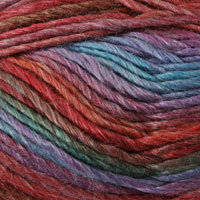
What a disappointing article. Sheep aren’t typically bred for larger fleece, they’re bred for more meat. Wool is mostly a by-product of the meat industry and the sheep need to be sheared to help them maintain a healthy, happy life, which they tend to have when sheep husbandry is done correctly.
There is a dark side to every industry but mulesing is not as common as this article suggests with it mostly being practiced in Australia due to their massive stock of Merino sheep. If this bothers the writer of this article (or subsequent reader) then why not opt for wool from a breed/country where this practice doesn’t occur?
I think Ms Striepe should learn a bit more about the wool industry and sheep farming before she condemns it as a whole. Linking the wool industry to the angora trade is just unnecessary scaremongering and the comparison isn’t warranted. Personal opinion is one thing but when it’s expressed to mislead others it’s just dangerous. Educate not mislead, that’s the responsibility of all media outlets and this article fails on the former while surpassing the latter.
If anything more people should turn to wool, especially vegans and naturalists who want a healthy, natural fiber to craft or turn into products. When cared for in the correct way, sheep live a wonderful life and in turn they provide us with a renewable, eco-friendly fiber (wool) as well as being helping maintain the countryside. Sure the goal of sheep farming is meat but on their way they (sheep) have a good life (= good meat) and on that journey, why not make use of their wool? They need it sheared every year for their own well being! It’s a win-win situation when responsible farming and sheep husbandry are adhered to, after all, all the sheep want to do is live out in the countryside and eat grass.
I strongly disagree with your comment. Wool is not a vegan fiber, because, as you point out in your comment, even in “responsible farming” operations it’s a pit stop on the way to slaughter.
Any time we raise animals as commodity, there is going to be exploitation and abuse. The idyllic scenario that you describe is not the norm in wool production. Just like other arms of animal agriculture, industry in general goes for the cheapest way to produce the most wool.
Further, sheep haven’t always needed to be sheared every year. That is the result of humans breeding them selectively for their wool. We did that to them. As a vegan, I think it’s time that we right that wrong rather than use it to justify further animal cruelty.
Please visit the UK and go see a real working sheep farm. If you pay for your own flights I will gladly take you on a tour round some lovely countryside where you will see some very happy sheep chowing down on some very green grass.
As a fellow vegan I think you would be surprised to see how things work in the real world.
If I had the money, I’d certainly take you up on it. As a vegan, though, I can’t support an industry where this happens: https://www.youtube.com/watch?v=BHXHaJmExak
Go vegan! I profit from the dairy industry, ex make his living in dairy . I am repulsed by the dairy industry and yours. We do what we do to survive this rat race. That doesn’t change that animals are being brutally treated and it is wrong. Period. Suck it up. You profit from and perpetuate sick and intolerable cruelty upon innocent trusting sentient beings you likely raised. How much more fd up can you get?
Let’s talk about how synthetic fibers are polluting our water…
I am totally with you there, and I’m glad that microplastic pollution is finally getting some mainstream attention. Saying that you have to wear either wool or synthetics strikes me as a false dichotomy, though. There are natural fibers that don’t exploit animals. Organic cotton, hemp, and linen are all good options.
Pingback: This is why I don't craft with wool. | Home Craft Projects
This story is complete crap. I haven’t got the time at the moment to refute such garbage.
Apparently u do
Thank you for that link. I’ve actually written about this topic before as well. As I said in a comment below about microplastics:
“I am totally with you there, and I’m glad that microplastic pollution
is finally getting some mainstream attention. Saying that you have to
wear either wool or synthetics strikes me as a false dichotomy, though.
There are natural fibers that don’t exploit animals. Organic cotton,
hemp, and linen are all good options.”
Hi Becky and everyone else,
I have been 90 percent vegetarian for the last two years although I was never a big meat eater previous to be honest. I just thought it was responsible to eat the least amount of meat as I could. I have recently become a hundred percent vegetarian and I am transitioning to vegan.
I am 35 and to be honest, I feel ashamed that it has taken me this long to get here. I had some traumatic life experiences which forced me to take a good look at my life. I decided that I had to start to become my best self and live a life true to my calling. So, over the last few months I started changing the direction of my life. I cut out meat completely first, gave myself a few months to adjust, and now I am slowly cutting out every animal product.
I decided that I really wanted to do this properly, therefore, cold turkey might not work. Slowly adjusting would ensure that I didn’t feel overwhelmed and convince myself that just being vegetarian was enough. It’s also difficult since there are some substitutes that I need to buy yet and things that I need to use up. I refuse to throw anything away that holds value – I feel that is even more insulting to the animals and the planet. Plus I simply cannot afford to. So I am replacing products as I go along (it’s only been 4 weeks).
I found this article since I am researching into products that might catch me out. I have to be honest, I have no heart for the cruelty video’s. They literally make me feel suicidal as I start to question if there is any good in the world. I just feel awful when I am in this mindset so I refuse to put myself through it anymore, therefore, I am sure that I am ignorant to many facts. I obviously intend to abstain from all animal products but I never considered wool to be cruel. This kind of knowledge also helps me explain my choices to others if they ask.
Does anyone have any tips for me (or any new vegan) please? Any sites that aren’t obvious on a general vegan internet search or great sources of information? I would like a site that explains the reasons why some products are cruel without showing graphic images (like this article). I only want to purchase anything that is sustainable and environmentally friendly as well as cruelty free i.e just being vegan isn’t enough. I will continue to research obviously but if anyone has some good links I would be very grateful.
Thanks for the article.
I’m afraid we have created the mutants that are farm animals,and unfortunately that’s hot going to change,so sheep need shearing or they suffer
Pingback: Sustainablog | Jeff McIntire-Strasburg has been blogging a greener world via sustainablog since 2003!
Pingback: Feelgood Style | Sustainable fashion reporting, organic beauty tips, DIY projects + tutorials, + natural product reviews.
Thank you for addressing this touchy topic . . . . I eat a vegan diet (12 years vegan, 20 veg). I still have wool and down from my previous life. I also have alpaca wool yardage that I’m using to make a coat. I believe in repurposing fabric but most vegans eshoo even that practice. Because I clean the beach several times a week I can no longer abide by using fleece-it’s wreaking havoc in our oceans? From what I’ve read Alpaca may be an alternative to sheeps wool. I sew mostly with linen and organic cotton.
Your article is informative and adds credence to the dark side of all of our “American Made” factory farm immoral/illicit/repugnant behaviors as a society. However, at the root, it presents us with the same message we all need to adopt who care about animals/food/farmers and the planet. (Disclaimer: I am not vegan; however, I do still care very much about animals and how they are treated.)
Know where things are coming from! I belong to a coop that collects alpaca fur from several small family owned operations who prize their animals for their fine fiber and treat them with dignity and respect at all times. I would never buy something I did not know where it came from and how it was made. You have to take the time. Period. If you can’t tour the farms and see for yourself what is happening…..well then, don’t buy it.
Thank you for the conversation. I think growth is only possible with people when confrontation is set aside for communication.